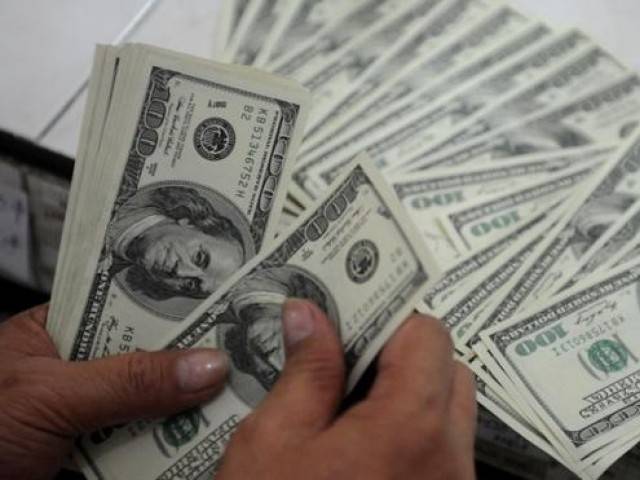Pakistan has obtained another short-term foreign loan worth $115m from Dubai-based Noor Bank, to take the federal government’s accumulated external borrowings to $5.3b during the last nine months.
Although not a large amount, the loan highlights serious challenges in attracting non-debt creating cheap inflows into the country. The $115m accounts for 60pc of the total new loans that the government acquired in March.
The incumbent government has obtained a total of $655m from UAE based Noor Bank at an annual interest rate ranging between 4.1pc to 4.71pc in four years of its tenure.
The government had to resort to external borrowing since it was unable to boost exports and attract foreign direct investment (FDI) to meet its external financing requirements.
In September last year, the Ministry of Finance sought tax exemptions on issuance of Islamic bond owing to the worsening of the trade account and the subsequently building pressure on the balance of payments.
The country’s foreign exchange reserves have once again started depleting after the International Monetary Fund programme has concluded. As of April 14, the foreign currency reserves held by the central bank stood at $16b, indicating a decrease of $2.4b since the conclusion of the IMF programme.
So far, the government has obtained over $3b from the Credit Suisse AG, United Bank Limited, Allied Bank Limited, Noor Bank of UAE, Standard Chartered, Dubai Islamic Bank, China Development Bank and Industrial and Commercial Bank of China, according to official documents.
According to independent economists, although the overall interest rates have been low, but the government’s interest payments are likely to rise in the future. Also, these payments are likely to be exposed to rollover risks. Majority of the loans are acquired on a short-term basis and the government has to borrow more in order to repay the previous debt, according to independent economists.
Short-term expensive loans obtained between November 2013 and March 2017 were acquired on interest rates ranging up to 4.71pc in dollar terms. As per official documents, from July through March of the current FY, the government obtained $5.27b foreign loans. More than half of it was borrowed through unconventional sources like foreign commercial banks and issuance of $1b Sukuk bonds in September last year.
An estimated $8 in foreign economic assistance was obtained by the government during the current fiscal year 2016-17 with borrowings during first nine months amounting to two-thirds of the annual estimates.
The government is likely to borrow another $750m from China to pay back $750m to Eurobond investors.
In addition, $1.1b project loans were obtained from China, July through March. The project loans from China during the first nine months were 180pc of the annual projection of only $565m.
Pakistan also borrowed $851.5m from Asian Development Bank (ADB), which amounts to 81pc of the annual budget estimates. The government is negotiating another $600m from the ADB before end of the current fiscal year.
The loans from the World Bank amount to $333m – 22pc of the annual estimates of $1.5b. Moreover, the Islamic Development Bank provided $390m commercial loans to be utilized for crude oil payments.




